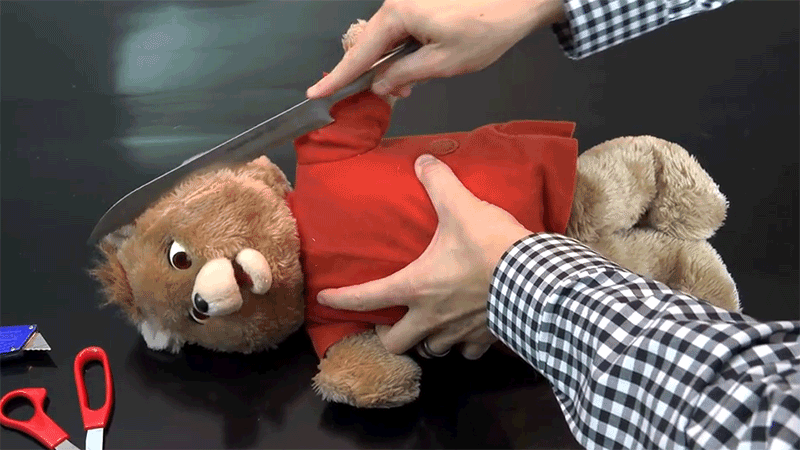Here is another way to determine if a planet might be habitable.
Bee's Purple. They can also see blue-green, blue, violet, and “bee's purple.” Bee's purple is a combination of yellow and ultraviolet light. That's why humans can't see it. The most likely colors to attract bees, according to scientists, are purple, violet and blue.
If a bee is able to see Bee's Purple flickering around an object that is thought of as being a habitable planet then the planet would more than likely contain atmospheric conditions that would create the Bee's Purple that it would see on Earth.
Since bee's are able to see Bee's Purple and that Bees can pick up the flicker of light much faster than humans are able to perhaps putting a bee in front of a screen where pixels of light around an object flicker really fast that the bee might be able to pick up the feint flicker of light from planet that would correspond with the planet being able to produce flowers that the bees would recognize as a source of food.
Also since a Sun like our own would need to be present to create the Bee's Purple determining if a sun is capable of producing the same Bee's Purple wavelength would need to be determined that would be a better guide to determine it the solar system was a viable candidate for habitable planets.
The sun would have to be at least 90% to 99% the same as our sun in order for this experiment to take place.
Bee's pollinate up to 80% of Earth's flowers, therefore a habitable planet would have an insect much like the honey bee that would also pollinate a majority of the planets flowers.
http://www.beeculture.com/bees-see-matters/
Bee's Purple. They can also see blue-green, blue, violet, and “bee's purple.” Bee's purple is a combination of yellow and ultraviolet light. That's why humans can't see it. The most likely colors to attract bees, according to scientists, are purple, violet and blue.
If a bee is able to see Bee's Purple flickering around an object that is thought of as being a habitable planet then the planet would more than likely contain atmospheric conditions that would create the Bee's Purple that it would see on Earth.
Since bee's are able to see Bee's Purple and that Bees can pick up the flicker of light much faster than humans are able to perhaps putting a bee in front of a screen where pixels of light around an object flicker really fast that the bee might be able to pick up the feint flicker of light from planet that would correspond with the planet being able to produce flowers that the bees would recognize as a source of food.
Also since a Sun like our own would need to be present to create the Bee's Purple determining if a sun is capable of producing the same Bee's Purple wavelength would need to be determined that would be a better guide to determine it the solar system was a viable candidate for habitable planets.
The sun would have to be at least 90% to 99% the same as our sun in order for this experiment to take place.
Bee's pollinate up to 80% of Earth's flowers, therefore a habitable planet would have an insect much like the honey bee that would also pollinate a majority of the planets flowers.
http://www.beeculture.com/bees-see-matters/

